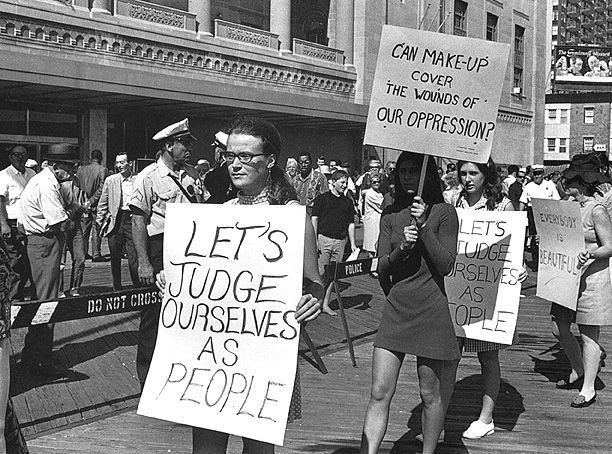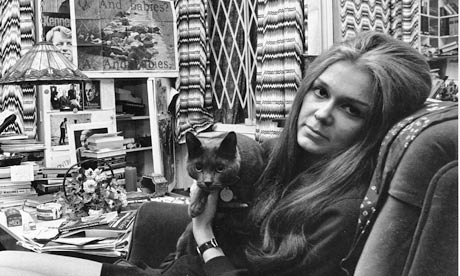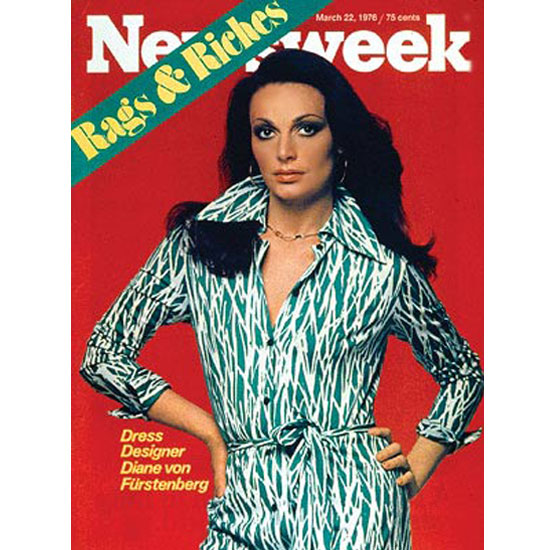Our mothers told us it’s what’s on the inside that counts. You do you, girl — all the bullies are just jealous of how smart, talented, funny and with-it you are. And then middle school proved our mothers wrong. Your hair is bad, those shoes are cheap and ugly, and nobody much cares about what’s happening inside your head, anyway. The cruel lesson of puberty for many of us is that your value must be legible on your body because, to quote our mothers again, you only get one chance to make a first impression.
This framing makes it seem as if our choices about the way we look are a problem of social coercion — that our personal choices are imposed more or less from the outside by the protean and mysterious pressures of Society. This isn’t totally wrong, but it doesn’t fully account for the complex tension between style as political resistance and style as social domination. Nobody wants to wear stilettos…except when they do. Heels may be torture devices designed specifically by the patriarchy to keep women slow and hobbled — a claim that the history of the high heel doesn’t quite support — but they are accessories that many women (and men) willingly, even joyfully, adopt for reasons that cannot be explained away as a mere capitulation to social pressure.
I refuse to let this discussion devolve into an easy pitting of social pressure against personal choice — victimhood vs. agency — because, of course, personal desires are always already conditioned by social context, and social attitudes are produced and changed by individual choices. As the great pubic hair debate has depressingly exposed, there is no winning when our only options are capitulating to the patriarchy or radical autonomous choice. My point instead is that the spectrum between choice and non-choice always contains the possibility of playful self-determination as well as the promise that self-determination is limited by the options available in one’s social milieu.
Feminists have spilled a lot of tears and ink attempting to dismantle this deterministic correlation between personal style and social and political definition. That people, especially women, are not reducible to the way they look amounts to something of a truism. Throughout the 60s and 70s, our mothers in the Second Wave fought against the coercive sexualization of women’s bodies on one hand, and for the possibility of women’s body autonomy and self-determination on the other. Fashion was, and continues to be, a staging-ground for these battles precisely because it inhabits a space in which bodies, personal agency and social determination meet.

Women’s libbers were (mis)named “bra-burners” precisely because of the way clothing can be used to represent and enact political projects. And despite the persistent rumor that feminists are ugly and fashion-backward, they have produced some prime style icons. Diane Von Furstenberg’s wrap dress defined the style of a generation of liberated women. Gloria Steinem, erstwhile Playboy bunny, vocal pro-choice activist and founder of the Ms. Foundation for Women, became the face of feminism not least because of her beauty and trendsetting style. And the mini skirt, the pantsuit and the bikini became emblems of political self-possession for women whose fashion choices were determined by middle class standards of modesty and respectability.

What these kinds of struggles have managed to prove is that style is political. Regardless of your personal attention to clothing, your fashion choices have political content. The Afro and the Black is Beautiful movement reveal the politics of style in a particularly poignant way. When your body represents the very opposite of the reigning aesthetic model, the act of embracing and celebrating your own image is a radical political statement. Refusing the hold of “good hair” (hair that most closely approximates the texture of European hair without ever actually recreating it), the afro offered a way for black men and women to inhabit their bodies not as a negative project — removing as many markers of African heritage as possible — but as an affirmation of identity.
The afro came to be associated not only with black self-love, but also with the political organizing of the Black Power movement. The signature look of the Black Panther party included militaristic gear, a beret and an afro, and functioned not simply as a means of self-expression, but also as a political performance of provocation and solidarity. It represented the enactment of politics on the body and the use of aesthetic markers as political signifiers.

Similarly, body positivity and fatshion (fat fashion) activities turn fashion into a political project. Like Black is Beautiful, fatshion is interested in reclaiming the fat body as an aesthetic object in a culture that insistently desexualizes, humiliates, and vilifies it. When the pressures on fat people include government programs that target children, medical institutions that consistently discriminate against and humiliate fat people, and a culture of fat hate that straw-mans fat people for problems as diverse as environmental destruction and airline greed, choosing to inhabit your own skin unapologetically takes on a political dimension. This is similar to the arguments made by feminist, queer and anti-racism activists: simply owning a maligned and violently oppressed identity has political stakes.
Fatshion intersects with body positivity, disability and queer activism, but its main focus is accessibility. One of the recurrent calls in the fatshion community is for clothing that is affordable and stylish. Plus size clothing manufacturers have a habit of producing tent-like contraptions in bad prints on the assumption that fat women aren’t very interested in style and would rather hide their bodies than celebrate them. What’s more, plus size clothes tend to be sold at a significant markup compared to the same garment in a straight size.
Fatshion proves that dressing how you want is a political act, especially when simply finding clothes to fit your body is a major challenge to time and resources. Choosing self-love in the face of a stacked cultural deck is hard enough, but it’s even harder when the price of entry is so steep.
Of course, the political potential of style has its limits, and those limits are usually drawn and redrawn by the machinations of capitalism. Standards of beauty are capitalist productions in multiple ways. On one level, companies manufacture a need for their products by convincing consumers that their bodies are unacceptable without things to camouflage, contort, trim and otherwise discipline them. On another level, those who inhabit the most debased position in the market, whose labour powers the system, tend not to be the ones who determine aesthetic standards. If you choose to go far enough back, the Africans who were used as slave labor in the pre-capitalist and then fully capitalist slave system also represented the ugly and the grotesque for their European masters. In this context, the afro feels revolutionary for African Americans after centuries of oppression built at least in part on the disavowal of kinky hair by European and American whites.
Yet, choosing style as a political field of battle has the potential to reproduce the same oppressive mechanisms it seeks to challenge. How can you, for example, use fashion to express self-determination and personal autonomy when your clothing is produced by an oppressed labor force in the global south? How can you challenge aesthetic standards set by capitalism by contributing to the very system that produced them? How can you, in other words, style yourself responsibly? These are not insoluble problems, nor do they prove that style cannot be an empowering and pleasurable experiment in self-creation. Rather, they point to the fissures in a political project that relies on image (and self-image) to function.
This series will attempt to grapple with these problems in a way that does not rest exclusively on the personal choice/social determination dichotomy, and that keeps an eye always to the ways in which individual self-fashioning cooperates with and resists the mandates of collective political practice.
Stay tuned!

One thought on “The Politics of Style: A Primer”